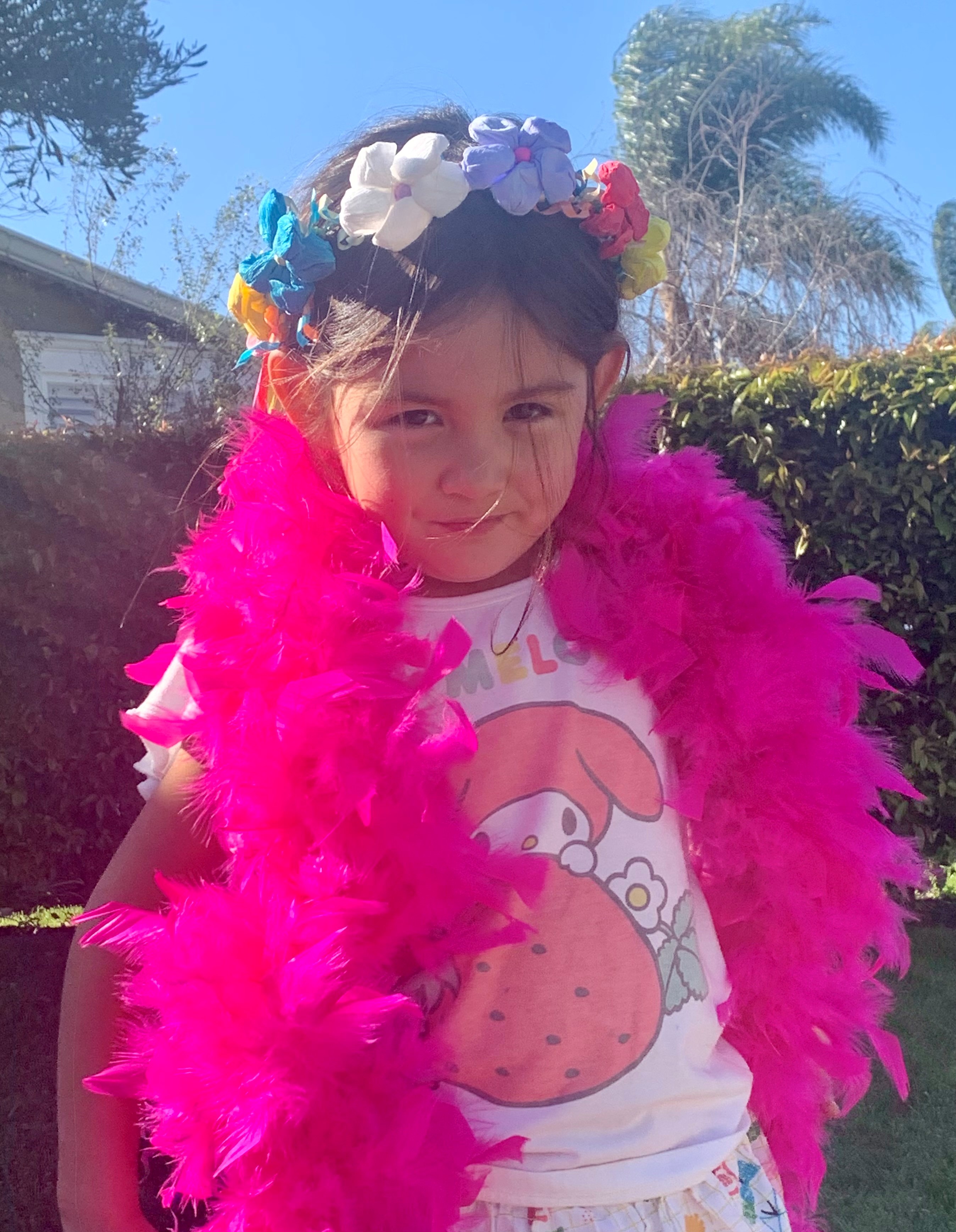Q. We have a great toy concept that we think appeals to kids of all ages—what are the advantages and disadvantages of targeting a large consumer segment like Kids 3+.
A. In my experience working with entrepreneurs, one of the biggest issues I see on a regular basis is target audience definition. Most entrepreneurs tend to think their concept appeals to an over-broad segment of the consumer base—Kids 3+ for example.
First, its important to acknowledge that age grading—based on safety testing guidelines—is NOT your target consumer. Just because your product is safe for Kids aged 3+, that doesn’t mean that Kids 3+ should be your target audience.
In the U.S., for example, we have roughly 4 million kids per year of age—approximately 2 million girls and 2 million boys are born each year. One approach to consumer targeting that appears attractive at first blush is that the larger the target audience, the larger the business opportunity. The problem with this is two-fold:
1) Kids of different ages have different play urges—the more you zero in on the right target, the better your odds of success in delivering appeal and appropriate ergonomics. Based on brain development—and purchase patterns in the industry--the age segmentation that defines clear play preferences are as follows:
· Infants 0-12 months
· Toddlers 12-24 months
· Preschoolers 2-3 years
· Core Toy Buyers 3-6 years ( the bulk of the volume)
· Older Kids 6-8 years
· Tweens 8-12 years
It is possible for big strong brands to span multiple age segments, especially if they actively work to do so. For example, Paw Patrol® can span older Toddlers, Preschoolers and younger Core Toy Buyers with a range of offerings. Barbie® can span older Preschoolers, Core Toy Buyers, and the younger segment of Older Kids with a range of different products.
2) Marketing considerations affect how well you reach and influence kids of different ages. The casting, messaging sophistication, media choices all play into this dynamic. Typically we cast 2-3 years older than the true play target—to ensure the casting is appropriately aspirational. Programming that appeals largely to 3 year-olds will likely leave a 7 year old cold. That 7 year- old is eager to leave “childish thing”’ behind.
Your target consumer definition is one of the most important decisions you will make…don’t punt!
Related Product
Recent Blogs
Recent Blogs

General
McHALE DESIGN CASE STUDY: MONSTERVERSE- THE LEGEND CONTINUES…

General
Build-A-Bear Celebrates National Teddy Bear Day with Donation to The Toy Foundation™

Industry Commentary, Op-Ed
Toy Foundation Auction is Now Open for Your Bids

Industry Commentary, Op-Ed
Bracelets, Stickers, and Viral Fame: The Story Behind Sky Castle Toys’ Sticki Rolls

Biographies and Interviews
Chrissy Fagerholt: Luck is when Preparation Meets Opportunity!
See more
Recent Wiki

BOOK REVIEWS
Book Review: Storm: Dawn of a Goddess by Tiffany D. Jackson

BOOK REVIEWS
Book Review: Erno Rubik and his Magic Cube by Kerry Aradhya

BOOK REVIEWS
Game Review: Trip Chaser

COMPANIES
Learning Express Toys Hosts 25th Annual Convention & Toy Expo at JW Marriott Tucson

MISCELLANEOUS
Submit Your LA Showroom Details for 2025 Toy Previews
See more
POP's Got Talent

POP Entertainment
Randy Klimpert Shares his Ukulele Collection

POP Entertainment
Steve Casino Peanut Art

POP Entertainment
Everyone's Talking about POP!

POP Entertainment
Princess Etch - a Multi-Talented Etch A Sketch Artist

POP Entertainment
Joseph Herscher of Joseph' s Machines.
See more
Recent POPcast

Hidden Role: The Brains Behind your Favorite Games
Connie Vogelmann designed Apiary & Wyrmspan!

Hidden Role: The Brains Behind your Favorite Games
Bob Fuhrer... Is THE Crocodile Dentist!

Hidden Role: The Brains Behind your Favorite Games
Tom Dusenberry... Bought Atari, Wizards of the Coast, and Avalon Hill!

Hidden Role: The Brains Behind your Favorite Games
Matt Leacock created Pandemic... the game!

Hidden Role: The Brains Behind your Favorite Games
Scott Brown and Tim Swindle... are Launching a New Sport!
See more
POPDuos

POPDuos: Interviews with Legends and Leaders
POPDuo: Richard Dickson, Mattel’s President & COO, and Kedar Narayan, Young Inventor Challenge AMB

POPDuos: Interviews with Legends and Leaders
POPDuo: Will Shortz and Josh Wardle

POPDuos: Legends and Leaders Explore Creativity
POP Duo: Elan Lee, Co-Founder, Exploding Kittens.and Jeff Probst, Host and Exec Producer, Survivor

POPDuos: Legends and Leaders Explore Creativity
POP Duo: David Fuhrer, MNG Director, Blue Sq Innovations & Shawn Green, past Dodgers & Mets MLB Star

POPDuos: Legends and Leaders Explore Creativity
POP Duo: Bob Fuhrer, Founder, Nextoy and Tom Fazio, Golf Course Designer
See more















